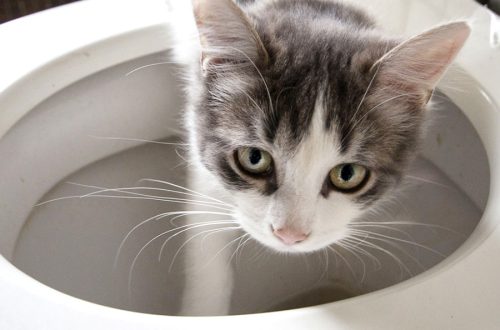
Kitten safety: collar-address and chipping
Collar
As a first collar for your kitten, you should purchase a secure cat collar that can be easily removed if accidentally snagged. It should sit freely: two fingers should fit between it and the pet’s neck, but at the same time it should not be removed over the head. While your kitten is growing, check the collar on every few days.
Let the kitten get used to the collar by briefly putting it on and taking it off. Even if it seems to you that the baby is uncomfortable – he tries to remove it or scratches it, do not worry: in a few days the kitten will get used to it. When the pet stops paying attention to the collar, you can no longer remove it.
Identification
Remember that your kitten can easily get lost in nature (in the country or if you live in a private house and let the kitten out for a walk), especially in the first weeks of life, so it is very important to attach an identifier to the collar. The address tag must include the pet’s name and your contact information.
Another means of identifying a kitten if it is lost or stolen is microchip implantation. With the help of a chip, you can effectively and easily determine that the kitten belongs to you. A tiny integrated circuit the size of a grain of rice is implanted under the animal’s skin, which can be read with an RF scanner. Thus, volunteers, shelters and stray services can quickly determine that the animal is lost and return it to its owners. More information can be found in the section on chipping.





